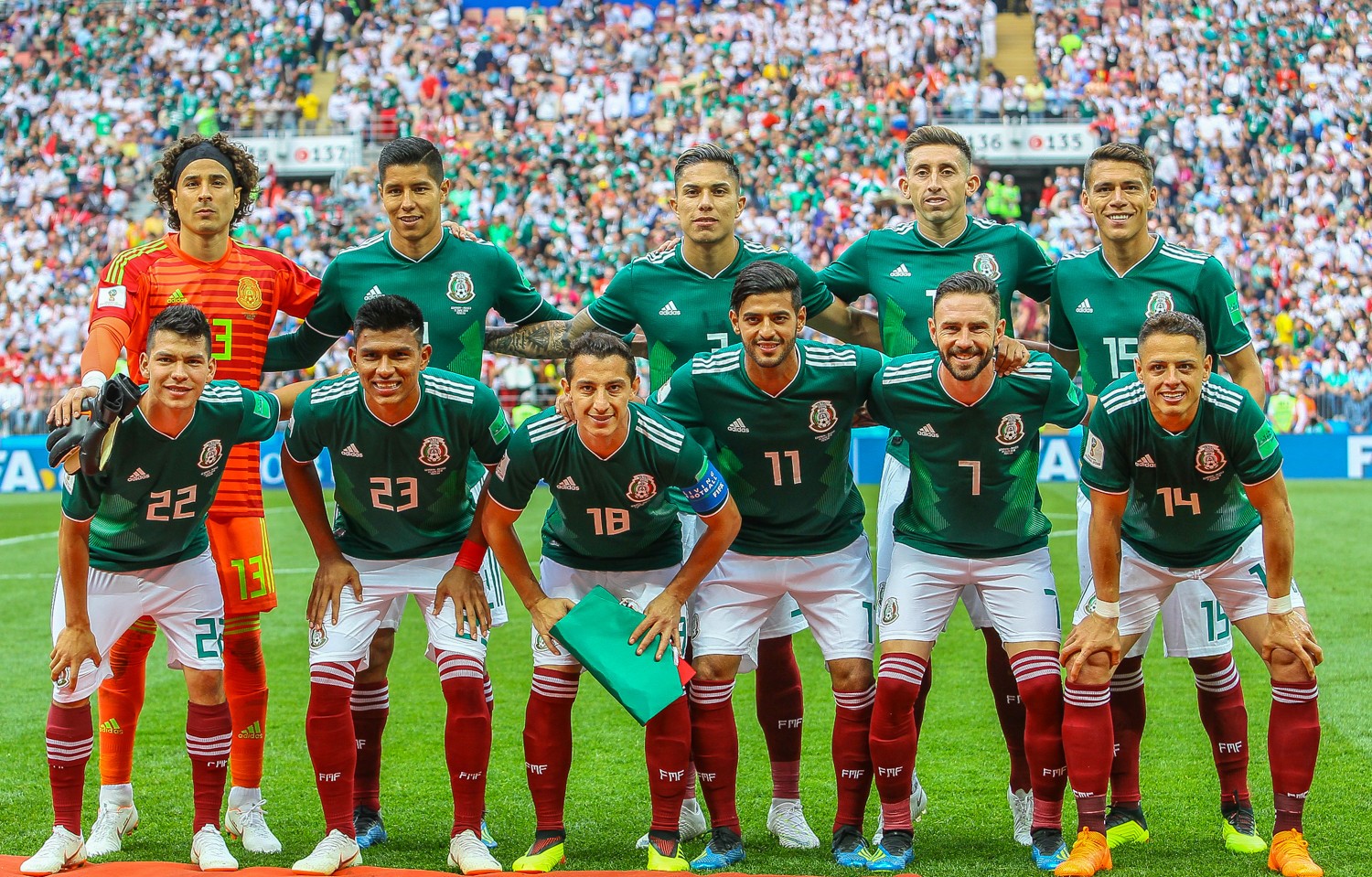
Mexico’s Strategic Alliance with South American Clubs: A Path to Global Glory
The Mexican National Soccer Team’s recent decision to schedule friendly matches against prestigious South American clubs Internacional and River Plate has sent shockwaves through the soccer world. This unprecedented move has ignited a heated debate among fans, analysts, and officials, raising questions about its motivations and potential impact on the team’s future.
Why Friendly Games in South America?
There are several factors behind the Mexican Football Federation’s (FMF) decision to venture outside of its traditional North and Central American opponents for these friendlies.
- Enhanced competition: South American clubs, particularly those from Argentina and Brazil, are renowned for their high level of play, tactical sophistication, and individual brilliance. This provides a stern test for the Mexican team, helping them identify areas for improvement and fine-tune their strategies.
- Wider talent pool: South America boasts a deep pool of talented players who often find a home in top European clubs. Engaging with these clubs allows the Mexican team to not only observe potential opponents but also to assess the form of their own players who ply their trade in South America.
- Diplomatic ties: Football has long been a bridge for diplomacy and cultural exchange. Scheduling matches in South America strengthens the FMF’s relationship with its regional counterparts and fosters a spirit of camaraderie and mutual respect.
Criticism and Considerations
While the rationale for the friendlies is sound, there have been concerns raised by some factions.
- Unbalanced preparation: The timing of the games, just months before the FIFA World Cup, has drawn criticism. Critics argue that it disrupts the team’s established training and preparation schedule and could lead to fatigue or injuries.
- Priority mismatch: Some observers question whether the friendlies are a wise allocation of resources, given that they may not directly contribute to the team’s World Cup performance. Opponents point out that the team could have focused on friendlies against more similar opponents, such as those from the United States or Europe.
- Limited accessibility: The matches will take place in South America, making it difficult for fans in Mexico and elsewhere to attend. This has sparked concerns that the FMF is not adequately catering to the team’s fanbase.
Expert Perspectives and Analysis
Experts and commentators have offered their perspectives on the matter.
- “The FMF is taking a bold but calculated step by scheduling these friendlies,” said著名足球评论员 andanalyst Roberto Gómez Junco. “South American clubs offer a unique challenge that will test the Mexican team’s limits and expose potential areas for growth.”
- “I understand the concerns about the timing, but I believe it’s a necessary sacrifice for the long-term benefit of the team,” Miguel Herrera, former Mexico national team coach, said. “Friendly matches against top-class opponents help us identify problems and develop solutions.”
- “The FMF needs to find a balance between preparing for the World Cup and engaging with its fans,” Paola Longoria, a Mexican sports psychologist, cautioned. “It’s important to ensure that these friendlies do not come at the expense of the team’s overall well-being.”
Implications and Future Outlook
The impact of Mexico’s friendly matches against South American clubs remains to be seen. However, the move has generated a significant amount of attention and speculation.
- Increased competitiveness: If the Mexican team performs well in these games, it could boost their confidence and send a message to the rest of the world that they are a force to be reckoned with.
- Improved player development: The experience of playing against South American giants could accelerate the development of Mexico’s young players, who will be exposed to a higher level of competition earlier in their careers.
- Global recognition: The friendlies will provide Mexico with a platform to showcase their talent on a global stage. This could lead to increased recognition and respect for Mexican soccer.
Conclusion
The Mexican Football Federation’s decision to schedule friendly matches against Internacional and River Plate is a bold and strategic move that has sparked a lively debate. While concerns have been raised, the potential benefits of enhanced competition, wider talent exposure, and increased global recognition cannot be ignored. The outcome of these friendlies will provide valuable insights into the team’s readiness for the FIFA World Cup and its long-term trajectory.
Ultimately, the decision of whether the friendlies will be a success or not lies in the hands of the Mexican players and coaching staff. If they can perform at their best and use these matches as a springboard for improvement, they may well return from South America with a renewed sense of confidence and a roadmap for future success.












